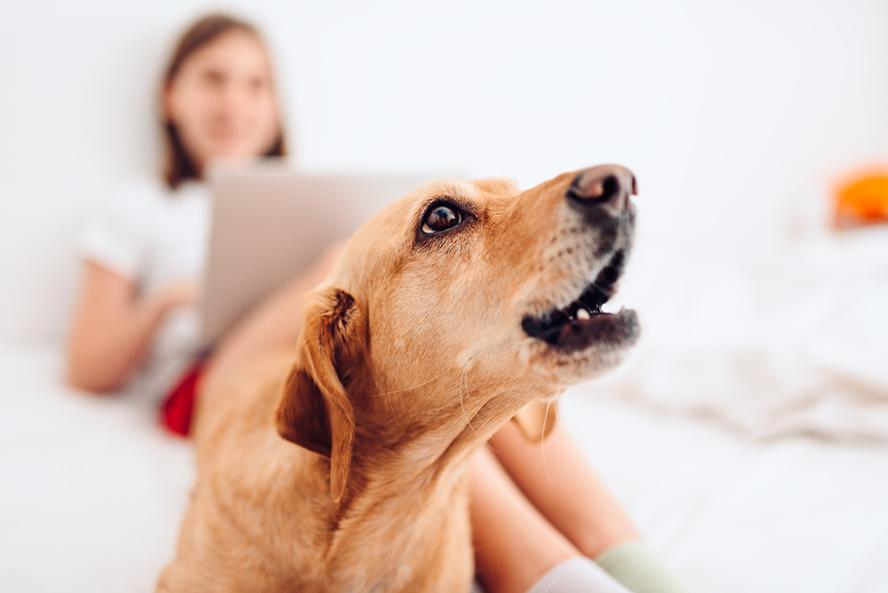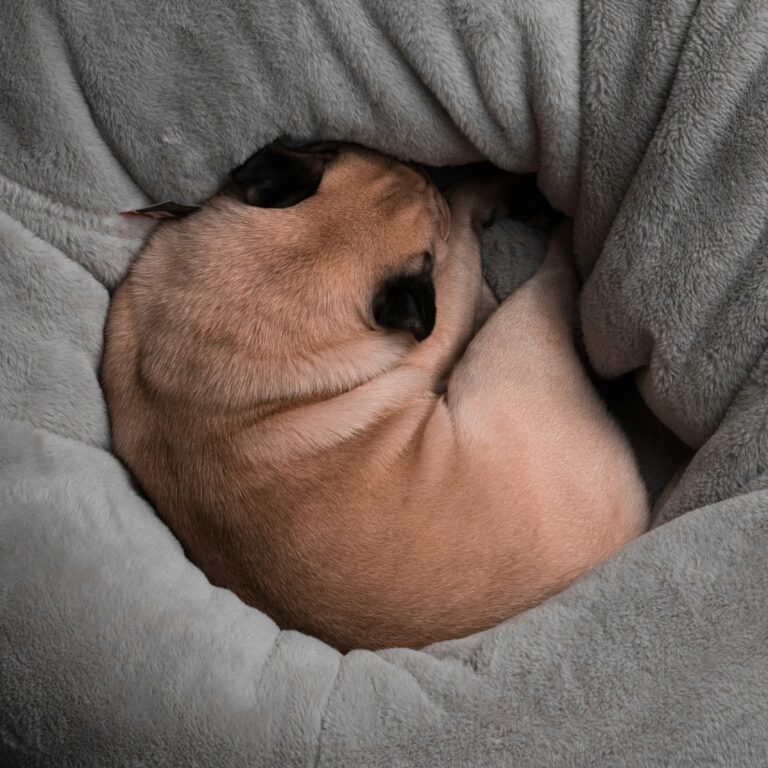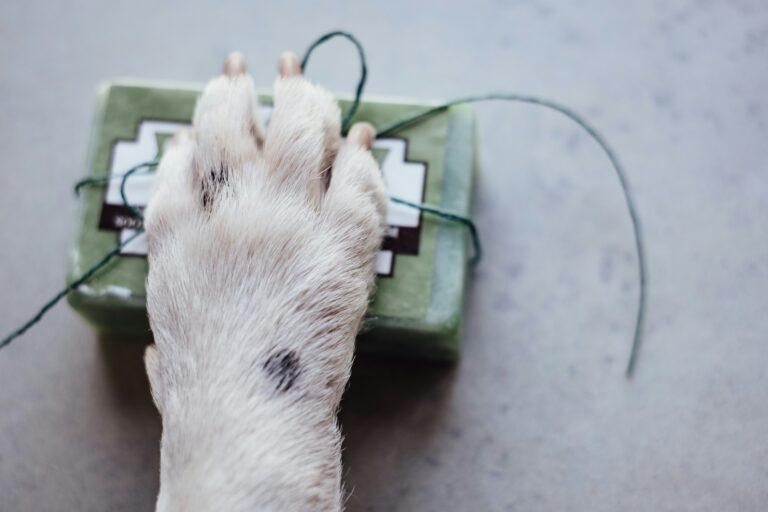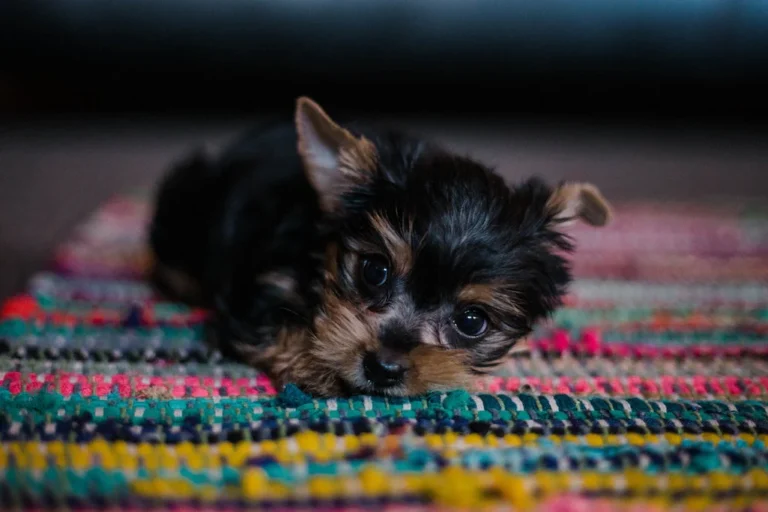Navigating the intricate maze of dog ownership is an exciting journey, especially when it involves our adorable pint-sized pooches. The unique needs of small dogs living in apartment spaces often necessitate a unique approach to their care, lifestyle, and overall wellbeing. This detailed guide will help navigate the nuances of providing quality care for these tiny tails, ensuring they lead a healthy, happy, and fulfilling life despite the limited living space.
From understanding their unique dietary needs, exercise regimes, to creating a friendly and stimulating environment, this guide covers it all. Essential information and practical tips will be discussed, ensuring your small fur-baby remains comfortable, active, and content. Moreover, it will explore innovative ideas and solutions to common challenges that come with apartment living, like managing barking and dealing with limited outdoor spaces.
With an emphasis on preventive care, you’ll find expert insights into maintaining your small dog’s health, including regular vet check-ups and vaccinations. Lastly, the guide will also discuss the importance of mental stimulation and socialization, vital aspects often overlooked in small dog care. So get ready to dive into a comprehensive guide that is all about enhancing the quality of life for your little companion in the realm of apartment living. 🐾🏙️🐶
Assessing Energy Levels and Temperament
When selecting a small dog for apartment life, energy levels and temperament are critical factors to evaluate. Dogs like Cavalier King Charles Spaniels, Pugs, and Shih Tzus tend to have calmer dispositions, making them ideal companions for confined living spaces. They are content with moderate activity and plenty of indoor cuddle time. Conversely, high-energy breeds like Miniature Pinschers or Jack Russell Terriers need significantly more stimulation and structured activities to prevent boredom and disruptive behaviors.
Temperament also plays a role. Breeds known for their friendliness and easy-going nature typically adjust better to the sights and sounds of apartment living. Look for dogs that are less prone to excessive barking and separation anxiety, as these traits can lead to conflict with neighbors.
Socialization for Apartment-Friendly Dogs
Socialization is an essential aspect of raising a well-adjusted small dog in an apartment. Early and ongoing exposure to a variety of people, noises, environments, and other animals helps small dogs become confident and less reactive.
Small dogs in apartment buildings are frequently exposed to unfamiliar sounds, such as elevators, footsteps in hallways, and neighboring pets. A well-socialized dog is less likely to react fearfully or aggressively to these stimuli. Owners should consider organizing playdates, attending puppy classes, and exposing their dogs to different environments to strengthen their socialization.
Positive experiences during these outings encourage small dogs to associate new situations with fun and safety, reducing stress and anxiety later in life.
Managing Noise and Barking
One of the most common challenges with small dogs in apartments is managing barking. While some barking is natural and even beneficial for communication, excessive barking can quickly become a nuisance.
Training a reliable “quiet” command early on is crucial. Positive reinforcement works best: reward your dog when they stop barking on command. Additionally, addressing the root cause of the barking is essential. Many small dogs bark out of boredom, fear, or excitement. Increasing daily exercise, providing interactive toys, and using desensitization techniques can significantly reduce nuisance barking.
Creating a calm environment, using white noise machines, or placing your dog’s bed away from windows can also help minimize reactions to external noises.
Creating a Daily Routine
Establishing a consistent daily routine provides small dogs with a sense of security and structure, which is especially important in an apartment setting. Dogs thrive on predictability, and having set times for meals, walks, play, and rest can help prevent anxiety-driven behaviors.
Morning and evening walks should become a staple, even if they are short. Incorporating structured playtimes, brief training sessions, and calm cuddle moments throughout the day ensures your dog remains mentally and physically satisfied. A consistent routine helps regulate your dog’s internal clock, making housetraining easier and promoting better behavior overall.
Apartment-Friendly Training Tips
Training small dogs to behave appropriately in an apartment environment is vital for long-term harmony. Focus on basic obedience commands such as “sit,” “stay,” “leave it,” and “quiet,” which are particularly useful in tight, shared spaces.
Leash manners are also important. Teaching your small dog to walk politely on a leash helps during trips through communal hallways or busy streets. Desensitizing your dog to passing neighbors and pets prevents lunging, barking, or pulling behaviors.
Apartment living also means training your dog to tolerate brief periods alone without barking or destructive behavior. Start with short absences and gradually increase the duration to build your dog’s confidence in being alone.
Indoor Enrichment for Mental Stimulation
Small dogs in apartments need more than just physical exercise; mental stimulation is equally important. Boredom can quickly lead to behavioral issues like chewing, excessive barking, or pacing.
Puzzle toys, treat-dispensing balls, and interactive feeders challenge your dog to think and problem-solve. Rotating toys every few days can keep their environment exciting and prevent boredom.
Simple games like “find the treat” or teaching new tricks can also provide excellent mental workouts. Training sessions should be short and positive, reinforcing your dog’s love of learning.
Dealing with Limited Outdoor Access
Many apartment dwellers face the challenge of limited access to outdoor spaces. For small dogs, creative solutions can help bridge this gap.
Indoor potty systems, such as grass patches or potty pads, can be useful, especially for young puppies or during inclement weather. However, they should be used alongside regular outdoor breaks to prevent reliance.
Scheduling daily walks in nearby parks, green spaces, or dog-friendly areas helps fulfill your dog’s need for fresh air, exploration, and social interaction. Even short, frequent outings are beneficial for maintaining good physical and mental health.
Handling Elevators and Stairs
Apartments often involve elevators and stairs, which may be intimidating for small dogs at first. Positive exposure is key. Start by carrying your dog through these areas if needed, gradually allowing them to explore at their own pace.
Always ensure your dog is on a leash in elevators and stairways to maintain control and avoid unexpected encounters with other tenants or pets. Training a solid “heel” or “sit” command during elevator rides can help your dog stay calm and focused.
For dogs with joint issues or very tiny breeds, carrying them up long flights of stairs is often safer to prevent injury.
Grooming and Cleanliness in Apartments
Maintaining your dog’s cleanliness is even more important in apartments where space is limited. Regular grooming reduces shedding, odor, and dander, keeping your living space cleaner.
Brush your dog frequently to remove loose fur and prevent mats, particularly if your small dog has a long or thick coat. Schedule regular baths using gentle dog-specific shampoos to maintain coat health.
Keeping your dog’s paws clean after outdoor walks can prevent dirt, allergens, and pollutants from being tracked into your home. Wipe down paws with pet-safe wipes or use a paw washer after every walk.
Establishing a grooming station or having a designated area for quick clean-ups will help maintain a tidy apartment environment.
Coping with Separation Anxiety
Small dogs often form strong attachments to their owners and may experience separation anxiety, especially in apartment settings where they can hear external noises and are more aware of their owners coming and going.
Training your dog to be comfortable alone is crucial. Start by leaving for short periods and gradually increasing the time away. Using puzzle toys, treat-stuffed Kongs, or calming music can help occupy their minds during your absence.
Avoid dramatic departures or greetings, as these can heighten anxiety. Instead, remain calm and neutral when coming and going to normalize your absence.
If severe separation anxiety persists, consult a professional trainer or behaviorist for tailored strategies.
Building a Community for Your Dog
Socialization within your apartment community can significantly benefit both you and your small dog. Introduce yourself and your dog to neighbors and their pets when appropriate.
Joining a local dog group or attending dog-friendly community events can also provide valuable opportunities for social interaction. Positive encounters with other dogs and people reinforce good behavior and reduce the likelihood of reactivity or fearfulness.
Having a network of friendly neighbors can also be beneficial in case of emergencies or when you need someone to look after your dog temporarily.
Creating a Comfortable Living Space for Small Dogs
Creating a comfortable and stimulating environment for your small dog in an apartment setting can be accomplished with a few key considerations.
Establish a designated area
Every dog should have a designated area in the apartment that they can call their own. This could be a dog bed, a crate, or even a specific room. This area should be a safe space where the dog can relax and retreat when needed.
Invest in suitable toys
Small dogs need plenty of toys for stimulation. Interactive toys that dispense treats or that require problem-solving can be excellent for keeping small dogs mentally stimulated.
Optimize for space
Small apartments can quickly feel cramped, especially with an active small dog. Consider space-saving solutions like foldable crates or vertical storage for toys and supplies.
Exercising Small Dogs in Apartment Settings
Despite their smaller size, small dogs still require regular exercise. This can be challenging in an apartment setting, but there are many ways to ensure your dog gets the exercise they need.
Indoor exercise
There are plenty of ways to exercise a small dog indoors. Tug-of-war, fetch, and hide-and-seek are all games that can be played in a small space.
Outdoor exercise
If possible, try to take your dog outside for walks or playtime. If your apartment has a dog park or dog-friendly area, take advantage of it.
Maintaining the Health of Small Dogs in Apartment Living
Maintaining the health of small dogs living in apartments requires careful attention to diet, veterinary care, and grooming.
Diet
A small dog’s diet should be carefully monitored as they can easily become overweight, leading to health issues. Consult with your vet to determine the best diet for your dog’s size, age, and breed.
Veterinary Care
Regular vet check-ups are essential to catch any potential health issues early. Keep a record of your dog’s vaccinations and medical history for easy reference.
Grooming
Regular grooming is essential for small dogs, especially those with long or thick fur. Regular brushing, bathing, and nail trims will keep your small dog looking and feeling their best.
Ensuring the Safety of Small Dogs in Apartment Settings
The safety of small dogs in apartment settings is paramount. Consider the following to ensure your pet is safe:
- Keep windows and balcony doors closed or securely screened.
- Use baby gates to block off dangerous areas like kitchens and staircases.
- Secure loose wires and cords to prevent chewing.
- Keep small objects, toxic foods, and plants out of reach.
In conclusion, the care and maintenance of small dogs in apartment settings require a keen understanding of their unique needs. By considering their physical, behavioural, and psychological needs, choosing the right breed, and creating a safe, comfortable environment, your pint-sized pooch can thrive in apartment living.
Conclusion
In conclusion, “Pint-sized Pooches: A Guide to Providing Quality Care for Small Dogs in Apartment Living Spaces” is a comprehensive guide that is essential for every small dog owner living in an apartment. This guide provides crucial information on how to adequately care for small dogs in limited spaces, while ensuring they remain healthy, happy, and well-adjusted.
The most significant takeaway from this guide is the understanding that despite their size, small dogs require as much care, attention, and exercise as their larger counterparts. Whether it’s creative playtimes, maintaining a balanced diet, or regular veterinary check-ups, owners need to be proactive in meeting their pet’s needs. Living in an apartment doesn’t limit the quality of life your small dog can have.
While having a small dog in an apartment can come with its unique challenges, this guide offers practical solutions that can make apartment living a rewarding experience for both the owner and the pooch. With the right approach, dog owners can turn their apartment into a comfortable and stimulating environment for their pint-sized companions.
Remember, a small dog’s happiness and well-being are just as crucial as yours. By following this guide, you can ensure that your small dog thrives in your apartment, making it a haven for both of you.



